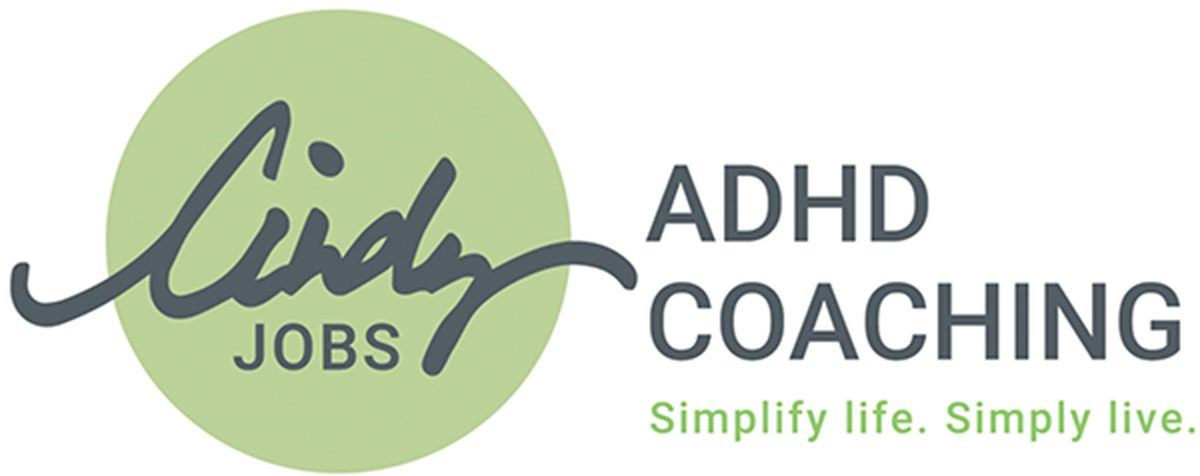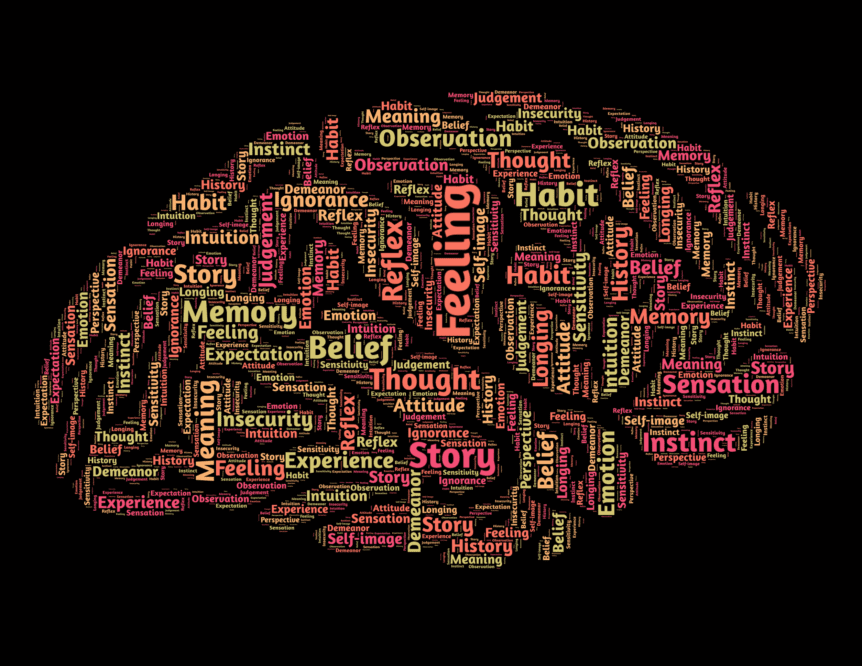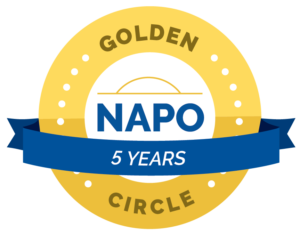“Let me think through that.” Mental processing referred to as the head brain.
“Follow your heart.” Intuition referred to as the heart brain.
“My gut told me no.” Instinct referred to as the gut brain.
Did you know your body contained three “brains?”
If so, which brain should you listen to? All three.
I recently finished reading “The Discomfort Zone, How Leaders Turn Difficult Conversations Into Breakthroughs.” Some great stuff throughout the book, but on page 69 there was a passage that resonated with me:
“The head brain has language so we listen to it, but the signals sent from your heart and gut provide you with critical data you can use to fully comprehend what is going on in the complex human you are conversing with.”
The heart, gut, and head each have their own intrinsic nervous systems, capable of complex adaptive processes, therefore, they are referred to as “brains.”. They each have an incredible number of neurons (Head Brain: 86 million; Heart Brain: 40,000; Gut Brain: 100 million.
According to Marvin Oka :
“These three functions might not always be aligned on an issue. My head has a narrative, “I should… my rules are… my logic says… but my heart really wants to do something else. Still, my gut says ‘Uh, not safe.’ “As far as we can tell, the information highway between the three brains is the vagus nerve. 70-80% of nerve relays go up, not down. That’s why, when your gut and your heart are already in a reaction, it’s hard to talk yourself out of it.
What prevents these three brains from working together? Some of it is simply that one or two of the brains override the other/s.” Different people will have different leanings as to which of these three brains dominate us the most. “It is a neural network. The neural networks will grow the more you use them. Some people will have much more of an orientation towards, say, the head function. This leaning will show up in the Myers Briggs Type Indicators or other tests.”
What does each of these brains do? According to SpinalResearch.com and TrainingMag.com:
The first of the three brains is the obvious one. It is the head brain, and the master of processes such as thinking, perception, and cognition. It recognizes things, makes meaning of them, creates narratives and masters language. Head based language sounds like this: “I think”, “I reckon”, or “I understand”.
Prime functions:
- Cognitive Perception: Cognition, perception, pattern recognition, etc.
- Thinking: Reasoning, abstraction, analysis, synthesis, meta-cognition, etc.
- Making Meaning: Semantic processing, languaging, narrative, metaphor, etc.
The second is the heart. Ask a person where they feel an emotion, and their hand will land directly above their heart. Nobody gestures to their elbow. We know intrinsically that this is the place that processes deep emotion. What else is the domain of the heart brain? Here lie our values, along with the process of emoting, the process of valuing and the way we feel about relationships. Heart-based language centers on “I feel” or on the expression of the deep emotions and values that lie in the heart brain.
Prime functions:
- Emoting: Emotional processing (e.g., anger, grief, hatred, joy, happiness, etc.)
- Values: Processing what’s important to you and your priorities (and its relationship to the emotional strength of your aspirations, dreams, desires, etc.)
- Relational Affect: Your felt connection with others (e.g., feelings of love/hate/indifference, compassion/uncaring, like/dislike, etc.)
The third is the gut. Here we find our core identity. What is me, what is not me? This is the domain of the gut brain. It is also responsible for safety and protection. Our gut is extremely important in upholding our immune system, but it also takes care of self-preservation, fear, anxiety, mobility, and action. The gut-based language says things like, “it takes guts” or, “let’s do it.”
Prime functions:
- Core Identity: A deep and visceral sense of core self, and determining at the deepest levels what is self versus not-self
- Self-Preservation: Protection of self, safety, boundaries, hunger, and aversions
- Mobilization: Motility, an impulse for action, gutsy courage, and the will to act
We are a complex processing machine. The more we know about how each of these “brains” work in concert, the more we can bring our brains and bodies in concert to create a happier, healthier us.
Cindy Jobs, COC, ACC
Looking for more information?
Click here for 15-minute organizing tips.
Click here to schedule a complimentary breakthrough session.
For more helpful information, follow me on Facebook.
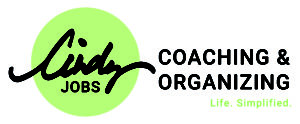

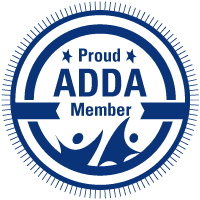
Attention Deficit Disorder Association
National Association of Productivity & Organizing Professionals, Seattle Chapter Vice-President
International Coach Federation
Institute for Challenging Disorganization
Level I Certificates earned in Chronic Disorganization; ADD; Client Administration; Time Management; Mental Health; and Hoarding.
Level II Specialist Certificates earned in Chronic Disorganization and ADD
